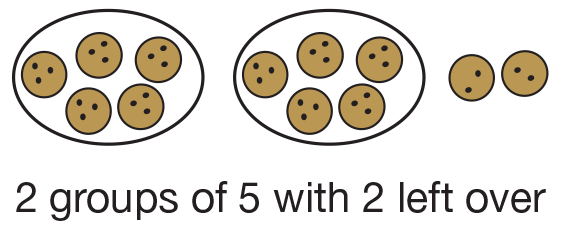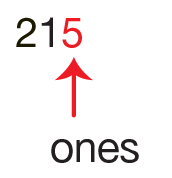Students group and count a quantity of beans by tens and ones left over, reinforcing the idea that grouping objects before counting is more efficient and accurate than counting by ones. Groupings are referred to as "tens" and "ones" rather than "tens and leftovers."
Content in this Lesson
- Representing and identifying numbers to 100 using counters, number lines, ten frames, 100 Chart, and symbols [E1].
- Grouping and counting objects by tens and ones left over.
- Representing the partitions of two-digit quantities as tens and leftover ones [E2].
- Skip counting by tens on the 100 Chart.
- Comparing quantities and representing that relationship using less than, greater than, between, and closer to [E3].
Assessment in this Lesson
| Assessment | Expectation Assessed |
|---|---|
|
A Good Way To Count Student Activity Book Page 287 |
|
|
DPP Item D Stories Teacher Guide - digital |
|

















